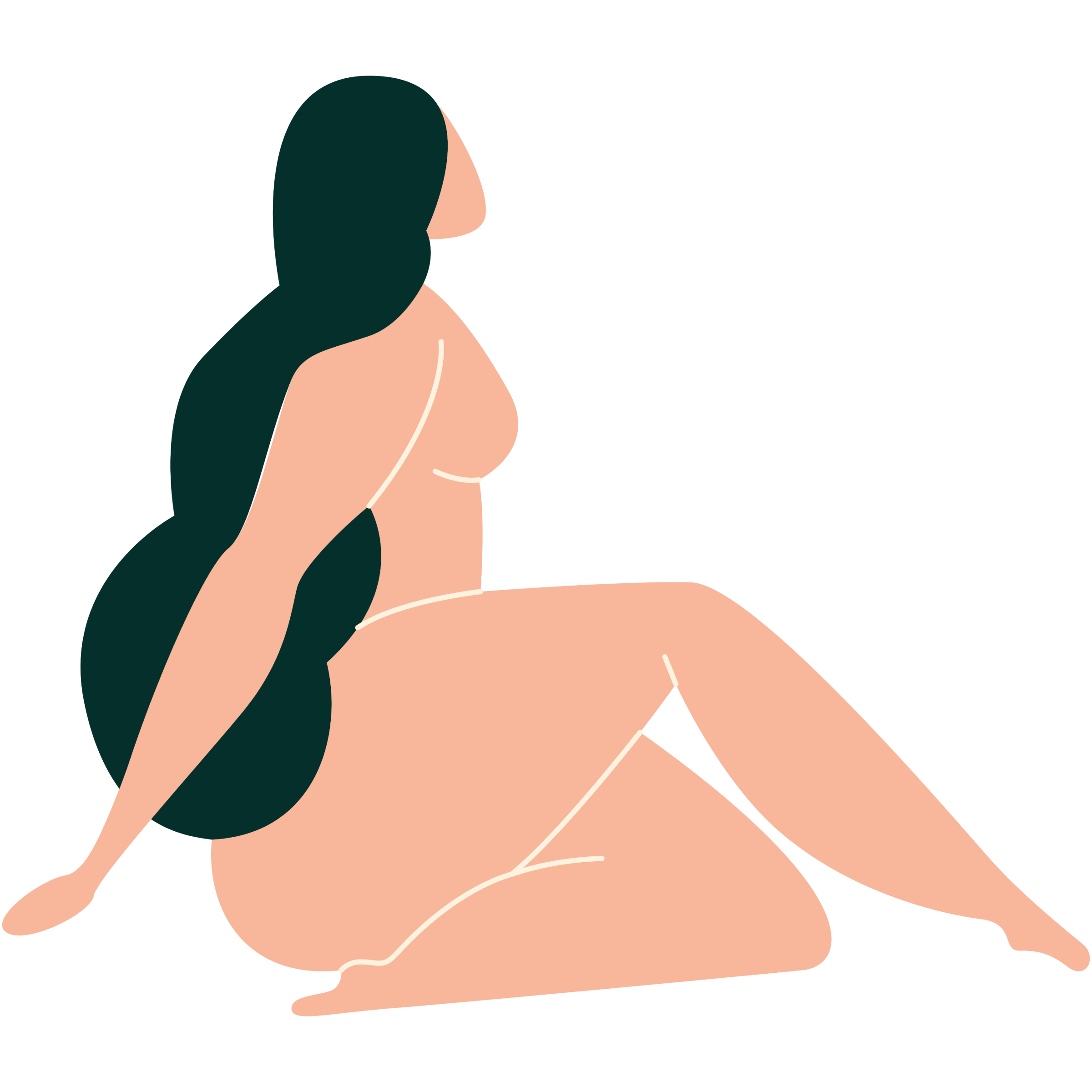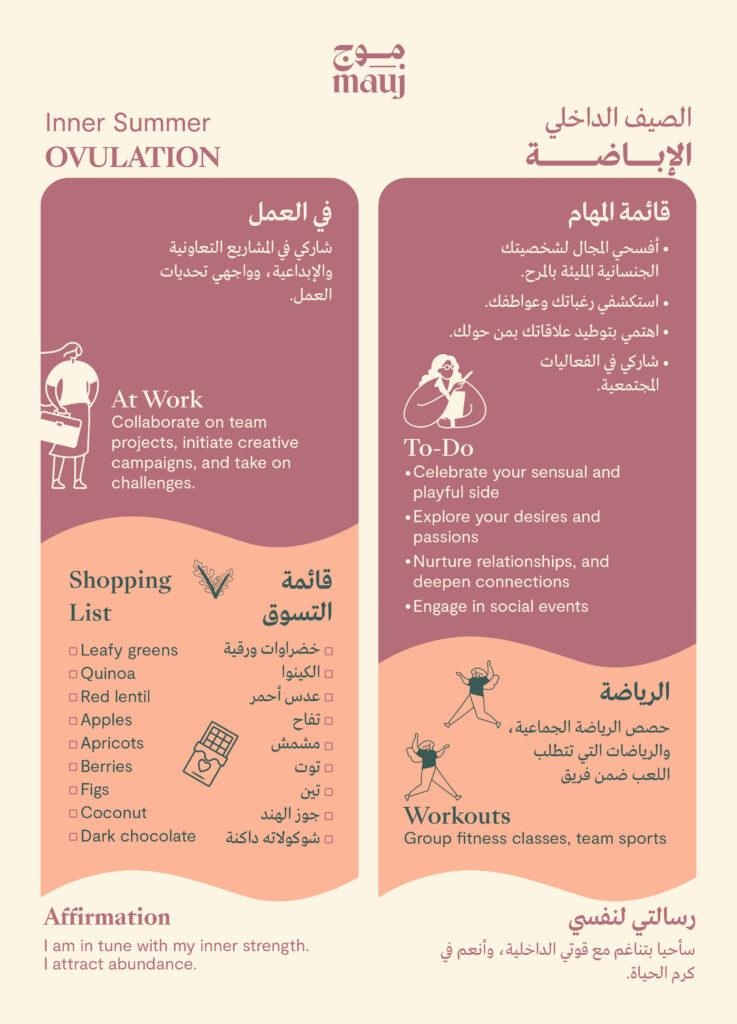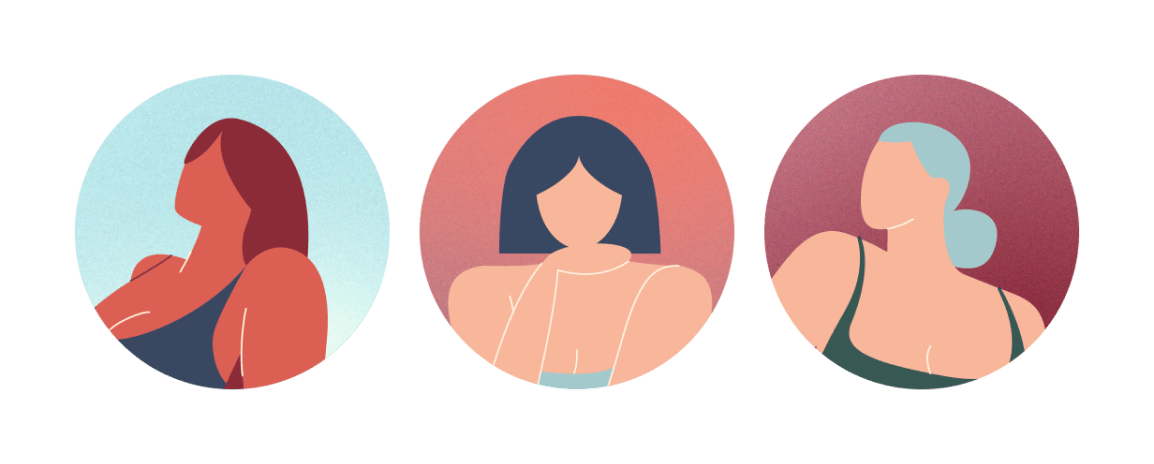
Body
Get to know your body through a better understanding of your anatomy and find the answers to some of your most common questions.

Welcome to the third installment in our series on the different stages of the menstrual cycle. In this resource, we’re diving deeper into the third stage – ovulation or your Inner Summer – a time of heightened fertility, confidence, and energy. We'll be breaking down what happens and how it affects your body and sharing tips to help you navigate this time of the month.
Ovulation typically occurs around days 14 to 16 in an average cycle of 28 days. Ovulation varies widely from woman to woman, and even from cycle to cycle, and usually occurs about 14 days before the first day of your following period.
Your body experiences a peak in estrogen, causing the release of a mature egg during ovulation.
The cervix becomes softer, higher, and more open, allowing sperm easier access to the uterus. You may also notice an increase in clear, stretchy cervical mucus, which supports sperm in their journey to the egg.
Your basal body temperature (resting temperature) rises slightly during this phase, which can be a helpful fertility indicator.
Some women may also experience slight pelvic discomfort, often referred to as mittelschmerz, as the egg is released.
In addition, estrogen's rise during ovulation can lead to a heightened sex drive.
Many women report feeling more self-assured and confident during ovulation.
It’s also a great time for work and play as your energy levels remain elevated. Your increased confidence will make you feel more attractive and outgoing and you might want to interact more and build new connections.

Research has shown that, as women, our hormonal cycles influence our energy, mood, and creativity.
This means that, depending on the phase of our cycle, we can (and should) plan our food and exercise accordingly.
Here are a few tips to help you navigate and make the most of the hormonal fluctuations you’re experiencing during this phase of your cycle.
Self
Feeling the energy boost? Awesome! This is the time to celebrate your sensual side. Explore your desires and passions openly and embrace your sexual and playful side.
Relationships
Take advantage of your heightened energy and increased desire for intimacy by scheduling romantic date nights or engaging in activities that bring you closer to your partner. Make sure you’re using contraceptive methods if you’re avoiding pregnancy and consider using a fertility chart or app to track changes in your cervical mucus and temperature, helping you better understand your fertility window.
You may feel collaborative and communicative during this phase, so take advantage of this social ease by participating in hangouts and outdoor group activities.
Work
Your energy is at its peak, so allow this to flow through your work. Tackle challenging projects, initiate creative campaigns, and take on tasks that require a high level of focus and productivity. This is also an excellent time for career-related networking and showcasing your skills.
Exercise
Test your limits by incorporating more intense and high-impact workouts into your fitness routine. Engage in activities like HIIT, strength training, or challenging cardio sessions. Consider trying new and demanding exercises that align with your fitness goals. Enjoy the sense of accomplishment that comes with these challenging workouts, and don’t forget to listen to your body.
Food
Eating plenty of antioxidant- and fiber-rich fruits and vegetables will help your body process the surge in hormones and flush out toxins. Meals or snacks that contain dark leafy greens, quinoa, amaranth, red lentils, apples, apricots, berries, figs, coconut, sunflower and sesame seeds, and dark chocolate are great.
Remember that everyone's cycle is different - there's no one-size-fits-all approach to menstrual wellness. Listen to your body's signals, monitor your patterns, and customize your care routine to match your personal needs. Don't hesitate to consult with healthcare providers about any concerns – that's what they're there for.
Did you find the answer you were looking for? Is there something we missed? What did you think of this resource? We want to hear from you.
